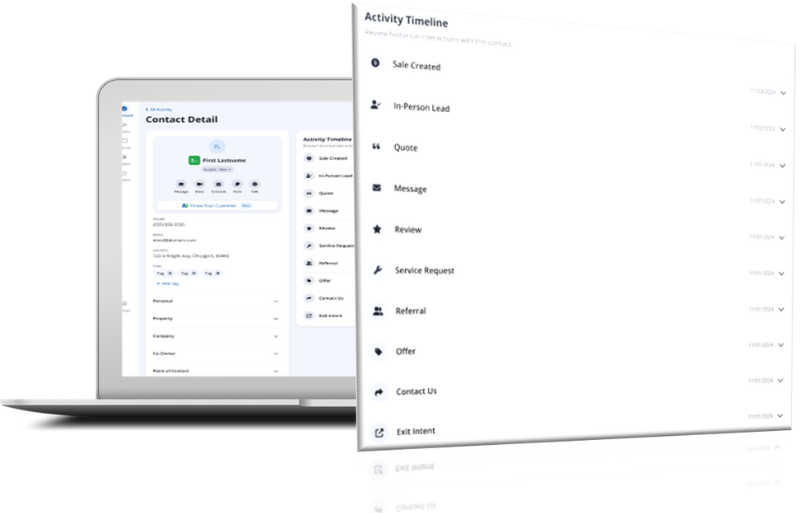How The On-Page SEO Basics Will Lead You To Your Customers

An informative, persuasive message is critical to any advertising campaign. Since your website is a form of advertising, you need to present a compelling message that will get prospects to take action. However, you also need to ensure that your website appears in search engines like Google. To do that, search engines need to easily determine what your website has to offer users.
This is where On-Page SEO becomes essential.
Create Keyword-Rich Marketing Copy
It takes time and writing talent to create compelling page copy for a website. Are you lacking in one or both of these? If so, you are not alone. This may prompt you to hire any eager wordsmith to put your company’s message into written form. A well-written marketing message will resonate with prospects, but without On-Page SEO, an Internet user has little chance of ever reading it. To succeed in the online marketing world, your website needs to contain well-written marketing copy that syncs up with the search intent of your prospects. This can be accomplished by logically segmenting your products/services into distinct groupings of pages, and write a message for each page that contains popular phrasings of that product or service. I am not talking about keyword-stuffing here -- I am talking about weaving key phrases (and synonyms) throughout page copy to integrate with your core marketing message in a way that will resonate with numerous prospects with similar search intent. If the page is contextually relevant and well written, it is likely to be deemed worthy of inclusion into search engines.
Include HTML Markup Basics
There are several HTML elements that you can include on each page that will give search engines guidance on how to index your site for would-be-customers to find. These should contain the most important keyword phrasing that you are targeting. Many of these items can be viewed by prospects, so it is best to write these items with a marketing message in mind. Spacing is limited for these items, so they should contain short, but effective messages with targeted keyword phrasing.
- Title Tag – A 50-65 character statement about the page
- Meta Description – A 150 character statement that provides some detail about the page
- Meta Keywords – A list of the most important words on the page
- Heading Tags – Paragraph headings that logically separate blocks of copy
Don’t Re-Use Copy on Many Pages
Since writing copy is time consuming, you may be tempted to write copy once, and use it on many pages of your website. When you do this, you are basically telling search engines that you really don’t have that much unique content to offer. They will respond by leaving much of your site content out of their search results (not good). If there is a legitimate marketing reason for re-purposing content verbatim on multiple pages; so be it – but you will need to take special steps to let search engines know what you are doing. Including canonical, noindex, and nofollow tags on such pages can give a web design team the freedom to focus on the user interface issues without compromising SEO efforts.
Help Search Engines Find and Index Your Site
Search engines are getting pretty good at finding the content on websites, but you should provide them with as much help as possible – just to make sure they discover all of the hard work that was put into it.
Site Map Files
There are two kinds of site map files – HTML site map and XML site map. The HTML site map is a web page that contains a list of links to every page on your website. By placing a link to this page on the home page of your site (ideally all pages of your site), you allow search engines (and human prospects) to easily find any page on your site.If you don’t want to sit around and wait for search engines to find your site and crawl it, you can create an XML version of the site map and submit it directly to them. An XML site map will contain Extensible Markup Language and links to your site pages and content. It’s not pretty to look at, but your prospects won’t see it anyway – it is just for the eyes of the search engines.
Robots.txt
This is a file that you place on your website that tells search engines what they should (and should not) look at. For example, if you are using copy verbatim on numerous pages for usability reasons, or have customer support screens you don’t want made public, you should tell search engines to not consider these pages when they visit.
Make Sure all Devices can View Content
Mobile users are becoming an ever-increasing share of the Internet user base, so there is a good chance that many of your prospects will be accessing your website with a smart phone or tablet. To ensure that all of your prospects can find information on all of your products and services, you should have the goal of making your website responsive. Since responsive web-design is relatively new, you would need to hire a design team with updated web-design skills (old-school web design won’t cut it here).
While this article has mentioned the basics of On-Page SEO, there are numerous technical requirements to ensure a successful implementation. If you wish to learn more about this process or the technical details, contact your Internet Marketing Specialist at Spectrum.








